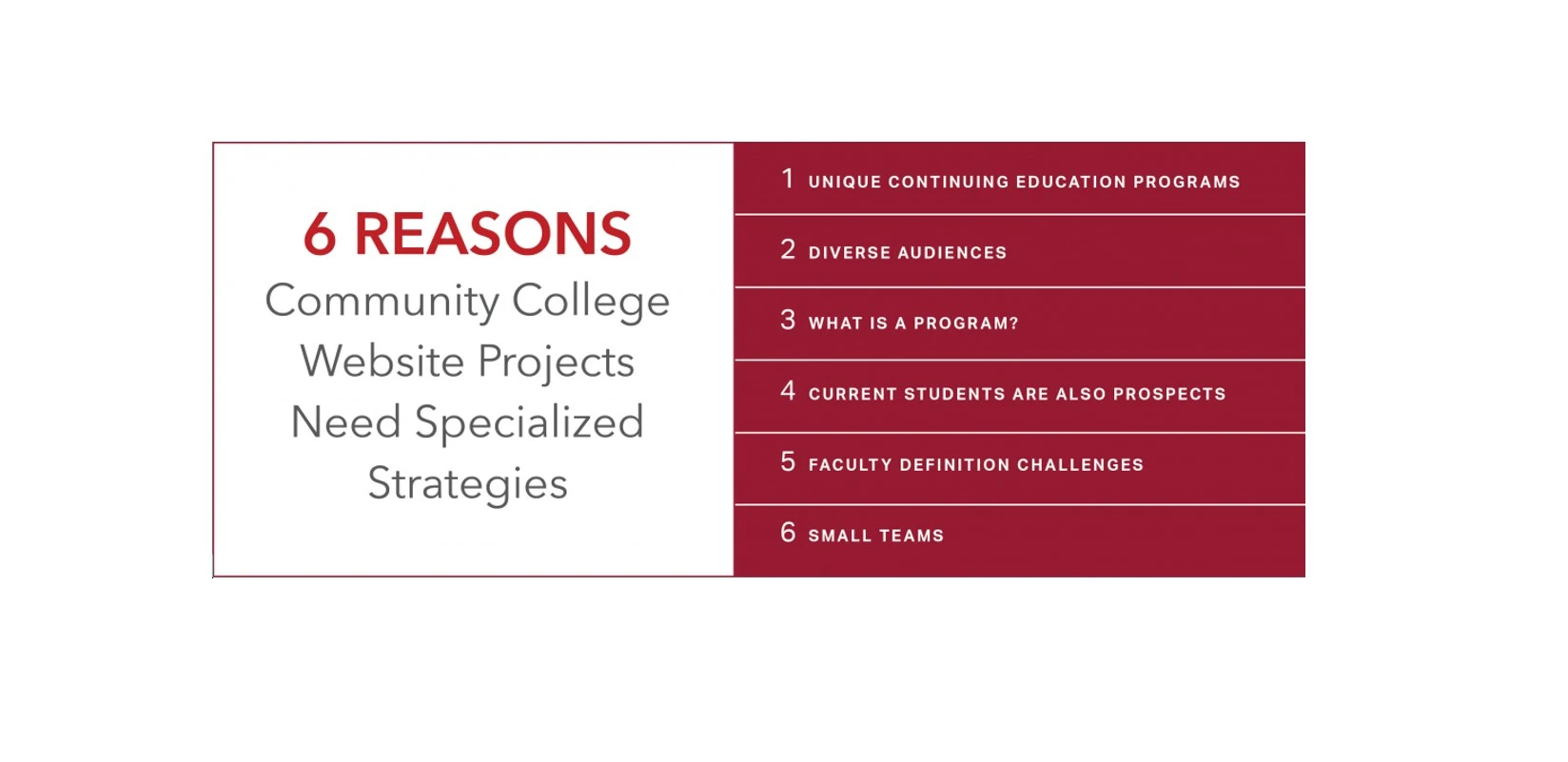Category: Digital Marketing
-

A Short Letter from Your Chief Marketing Officer
-

4 Essential Ingredients for a Truly Great Marketing Department
-

6 Reasons Why Community College Website Projects Deserve Special Consideration
-

Voice of the Customer in Higher Education: Alumni Voices
-

Making LinkedIn Conversation Ads Work for Your School
-

Great Marketing Makes for Great Messaging, Part 2
-

Why School District Marketing Matters Now More Than Ever
-

Voice of the Customer in Higher Education
-

‘New Normal’? Higher Expectations: 2021 Healthcare Digital Marketing Trends